How to Seal a Plastic Gas Tank
Plastic gas tanks are in high demand in the world of motorcycle racing and ATV enthusiasts. A plastic gas tank can weigh less than half of a comparable metal gas tank and it is easy to mold into shapes to fit odd configurations. Seamless...
Method 1 of 3:
Seal Plastic Gas Tank with Epoxy Glue
-
 How to Seal a Plastic Gas Tank Picture 1 Drain the gasoline from the tank and allow it to dry. Sand the area around the hole or crack, and clean the area with a shop cloth saturated with rubbing alcohol.[1]
How to Seal a Plastic Gas Tank Picture 1 Drain the gasoline from the tank and allow it to dry. Sand the area around the hole or crack, and clean the area with a shop cloth saturated with rubbing alcohol.[1] -
 How to Seal a Plastic Gas Tank Picture 2 Mix the 2 part epoxy together and apply all around the perimeter of the opening.[2] Cut a fiberglass patch large enough to cover the opening and overlap it.
How to Seal a Plastic Gas Tank Picture 2 Mix the 2 part epoxy together and apply all around the perimeter of the opening.[2] Cut a fiberglass patch large enough to cover the opening and overlap it. -
 How to Seal a Plastic Gas Tank Picture 3 Place the fiberglass patch over the hole and press into the epoxy. Apply more epoxy to the patch and surrounding area, pressing firmly to saturate the patch.
How to Seal a Plastic Gas Tank Picture 3 Place the fiberglass patch over the hole and press into the epoxy. Apply more epoxy to the patch and surrounding area, pressing firmly to saturate the patch. -
 How to Seal a Plastic Gas Tank Picture 4 Allow to dry, sand the patched area smooth and spray paint with a plastic paint if desired.
How to Seal a Plastic Gas Tank Picture 4 Allow to dry, sand the patched area smooth and spray paint with a plastic paint if desired.
Method 2 of 3:
Seal Plastic Gas Tank with a Plastic Welder
-
 How to Seal a Plastic Gas Tank Picture 5 Buy or rent a plastic welder. Tell the salesperson what you are doing with it to ensure that you get the correct rods.
How to Seal a Plastic Gas Tank Picture 5 Buy or rent a plastic welder. Tell the salesperson what you are doing with it to ensure that you get the correct rods. -
 How to Seal a Plastic Gas Tank Picture 6 Remove the plastic gas tank from the vehicle, and set it up in a secure welding area. Drain the gasoline from the tank, and allow it to dry both inside and outside. Don protective eye gear, a welding helmet and welding gloves.
How to Seal a Plastic Gas Tank Picture 6 Remove the plastic gas tank from the vehicle, and set it up in a secure welding area. Drain the gasoline from the tank, and allow it to dry both inside and outside. Don protective eye gear, a welding helmet and welding gloves. -
 How to Seal a Plastic Gas Tank Picture 7 Use a plastic welding rod made specially for this purpose, and fill in the crack or hole. Start at an edge and run the bead completely around the opening. Then begin crossing over the hole, allowing the rod to fill in the hole completely.[3]
How to Seal a Plastic Gas Tank Picture 7 Use a plastic welding rod made specially for this purpose, and fill in the crack or hole. Start at an edge and run the bead completely around the opening. Then begin crossing over the hole, allowing the rod to fill in the hole completely.[3] -
 How to Seal a Plastic Gas Tank Picture 8 Allow the weld to set up, sand it smooth and, if desired, paint it with plastic spray paint.
How to Seal a Plastic Gas Tank Picture 8 Allow the weld to set up, sand it smooth and, if desired, paint it with plastic spray paint. -
 How to Seal a Plastic Gas Tank Picture 9 Replace the repaired plastic fuel tank on the vehicle.
How to Seal a Plastic Gas Tank Picture 9 Replace the repaired plastic fuel tank on the vehicle.
Method 3 of 3:
Seal Plastic Gas Tank with a Soldering Gun
-
 How to Seal a Plastic Gas Tank Picture 10 Drain the gas tank, and clean it inside and out with soapy water.[4] Lightly sand the perimeter of the area to be repaired.
How to Seal a Plastic Gas Tank Picture 10 Drain the gas tank, and clean it inside and out with soapy water.[4] Lightly sand the perimeter of the area to be repaired. -
 How to Seal a Plastic Gas Tank Picture 11 Cut a plastic patch, made of a similar material to the gas tank, slightly larger than the hole to be repaired.
How to Seal a Plastic Gas Tank Picture 11 Cut a plastic patch, made of a similar material to the gas tank, slightly larger than the hole to be repaired. -
 How to Seal a Plastic Gas Tank Picture 12 Heat up an electric soldering gun, and drag it around the edge of the crack to create a trench. Move the gun from side to side to push the plastic back into the trench. While the plastic is still soft from the soldering, lay the plastic patch over the area. Continue moving the soldering gun over the area to smooth the plastic, and fuse them together.[5]
How to Seal a Plastic Gas Tank Picture 12 Heat up an electric soldering gun, and drag it around the edge of the crack to create a trench. Move the gun from side to side to push the plastic back into the trench. While the plastic is still soft from the soldering, lay the plastic patch over the area. Continue moving the soldering gun over the area to smooth the plastic, and fuse them together.[5] -
 How to Seal a Plastic Gas Tank Picture 13 Allow to cool and dry completely. Mix a 2 part epoxy glue, and cover the entire area of the patch.[6] Allow to set up, sand and spray on a coat of plastic paint if desired.
How to Seal a Plastic Gas Tank Picture 13 Allow to cool and dry completely. Mix a 2 part epoxy glue, and cover the entire area of the patch.[6] Allow to set up, sand and spray on a coat of plastic paint if desired.
4 ★ | 1 Vote
You should read it
- What is septic? Structure of 3-compartment septic tank, 2 common compartments
- What is ABS plastic? Applications of ABS plastic in life
- How dangerous chemicals are in plastic consumer products
- What is PP plastic? These products are manufactured from PP plastic
- How to Clean an RV Fresh Water Tank
- Installation instructions for Son Ha water tank
- How to choose a hot and cold bottle to suit your needs
- Chemical recycling can be a solution to the problem of plastic waste pollution
- Things to know when using food plastic
- How are people using plastic to destroy nature?
- What do the symbols at the bottom of plastic bottles mean?
- Deodorize plastic containers easily with 7 simple tips
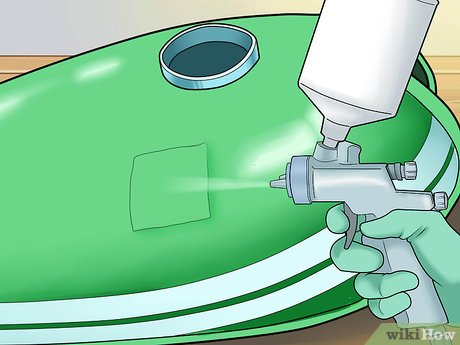
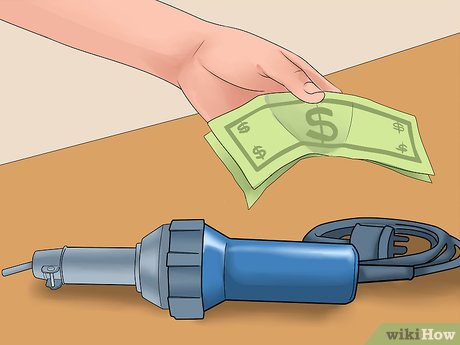
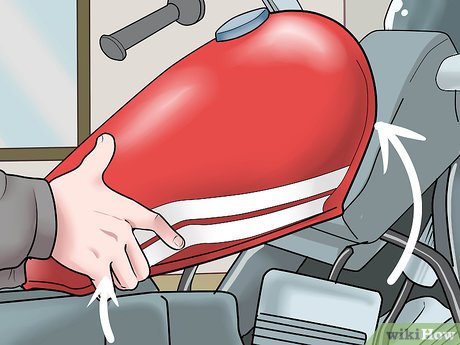
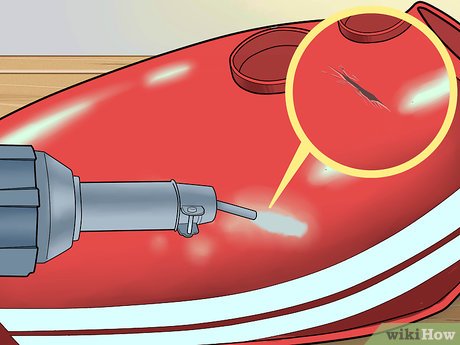
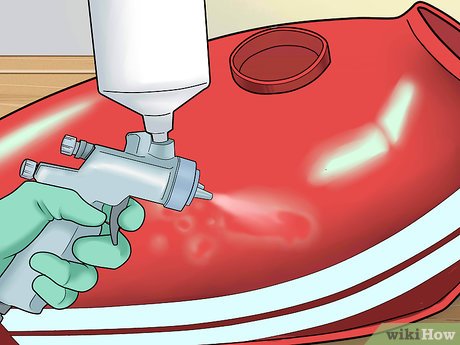
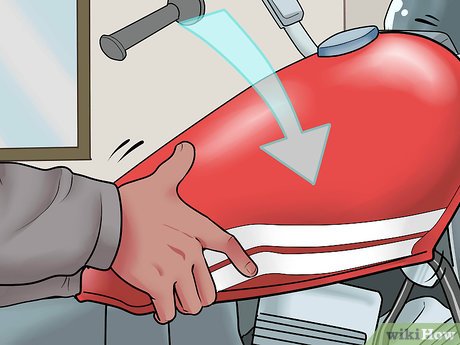
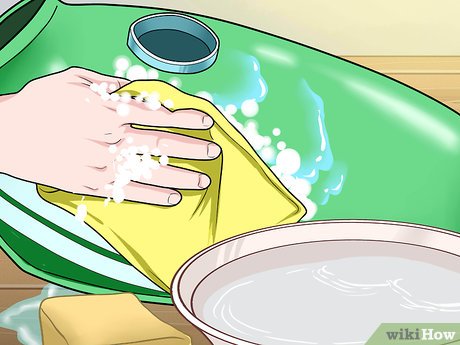
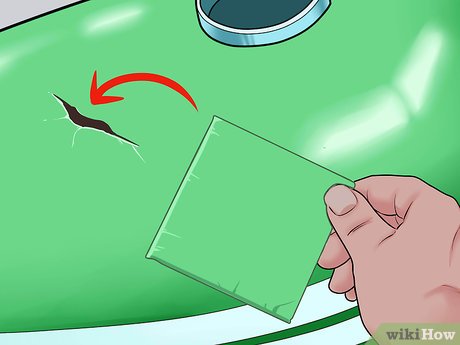
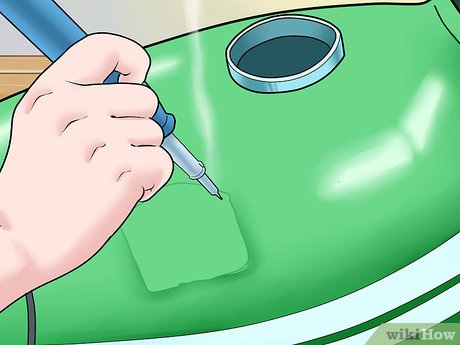
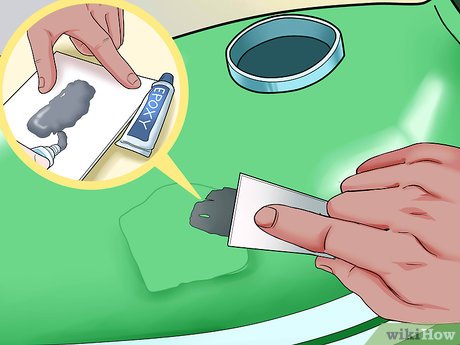






 What is ABS plastic? Applications of ABS plastic in life
What is ABS plastic? Applications of ABS plastic in life What is septic? Structure of 3-compartment septic tank, 2 common compartments
What is septic? Structure of 3-compartment septic tank, 2 common compartments How dangerous chemicals are in plastic consumer products
How dangerous chemicals are in plastic consumer products What is PP plastic? These products are manufactured from PP plastic
What is PP plastic? These products are manufactured from PP plastic How to Clean an RV Fresh Water Tank
How to Clean an RV Fresh Water Tank Installation instructions for Son Ha water tank
Installation instructions for Son Ha water tank